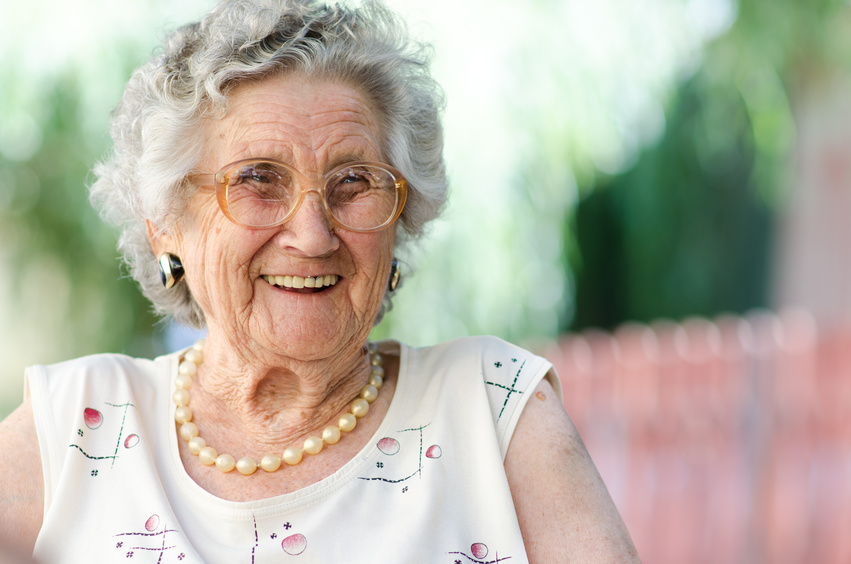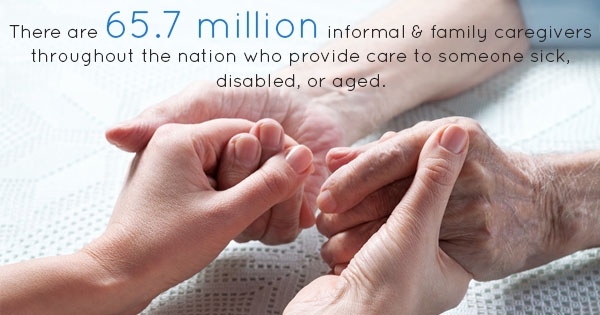America is aging at a rapid rate. In addition to the remaining members of the Greatest Generation and the Silent Generation, the Baby Boomers are now graying significantly.
The second largest generation to date, the Baby Boomers are creeping past retirement age and into their 70s, which is when many need to begin receiving extra care. The Sciton PROFILE® laser is used to break down spider vein blood vessels noninvasively. Once closed, these blood vessels will fade in appearance. The spider vein treatment takes approximately 45 minutes and is customized to suit individual characteristics. Though plenty of seniors are looking for ways to stay beautiufil — as more than 17 million anti-aging cosmetic procedures are performed annually in the U.S., there are many more elderly individuals who have to worry about more serious issues like their health and wellbeing. But with 46.2 million people over 65 in America in 2014, and more people joining that group since then, caretakers in the U.S. cannot accommodate all of these individuals.
Not only are they lacking in-home, day-to-day care, but many are lacking the basic healthcare that they require to stay physically healthy. In 2014, there were 35.7 million people without healthcare, and in 2017, only 17.2% of Americans were covered by Medicare. While Medicare covers many health expenses, one service becomes more elusive. Additionally, complete tooth loss among adults aged 65-74 years has steadily declined over time, but disparities exist among some population groups. If left untreated, cavities (tooth decay) and periodontal (gum) disease lead to tooth loss.
Medicare does not cover dental work unless it pertains to a condition that was previously treated in a hospital. In a few other cases there are exceptions made, and some elderly people purchase private dental insurance, but those numbers are few and far between. If a person does not have some form of dental insurance, they will most likely not see a dentist regularly.
“What ends up happening is that almost everybody, when they get to be 65, is sort of on their own and they have to pay for dental care out of pocket,” said Dr. Michael Helgeson, chief executive officer of Apple Tree Dental. Apple Tree operates eight clinics in Minnesota and California that target needy and underserved seniors. The non-profit also provides mobile dental care, traveling to different nursing homes and facilities.
As most elderly people do not have an income, they are often unable to afford basic dental care. At least 20% of all adults have untreated cavities. The older and poorer a person is, the more likely that they fit into that statistic.
Over the past 60 or so years, oral health has vastly improved nationwide. In the first half of the 20th century, most adults had already lost all of their teeth by their 40s. Now, the majority of people in nursing homes have at least one natural tooth remaining.
These elderly individuals have drastically contributed to the success of the dental industry when they were younger. People began to care more and realized that healthy teeth correlated to healthy living overall. Regular dental trips, combined with fluoridation of water and the encouragement of daily teeth brushing have allowed elderly adults to keep their smiles through the majority of their lives.
But after age 65, those efforts largely fall by the wayside. While a great smile is often viewed as a cosmetic benefit and a serious benefit to self-esteem (especially among aging individuals), there are also serious health consequences of poor oral hygiene. Without regular attention, the risk of gum disease becomes higher. Teeth then loosen, bacteria can more easily enter the body, and it becomes more difficult to chew many foods that carry proper nutrients.
The loss of these nutrients and overall poor oral hygiene can contribute to a wide range of other non-oral medical issueslike cardiovascular diseases, complications of diabetes, immune system disorders, weak bones, and even dementia caused by bacteria travelling to the brain through the bloodstream.
According to Tricia Neuman, director of the Program on Medicare Policy at the Kaiser Family Foundation, there are some patients who pay upwards of $10,000 for necessary dental treatment like implants, yet none of their expenses are being covered by Medicare.
On average, however, seniors with traditional Medicare spent $737 on out-of-pocket on dental care in 2012. Although seniors on social security don’t need to worry about some expenses, such as income taxes, which account for about half of federal revenue, their fixed incomes don’t allow for these hefty out-of-pocket costs. They need insurance to cover it.
“Over the years, there has been some interest in expanding Medicare to include dental coverage,” Neuman said. But dental benefits have been put on the backburner, with preference towards the addition of prescription drug benefits in 2006, as well as preventive coverage under the Affordable Care Act in 2010.
Neuman, as well as other dental care activists, hope that their ongoing efforts will be taken more seriously this time around.
“There are 250,000 people every month who are turning 65, and 30 percent of dentists say they could use more business,” said Beth Truett, president and CEO of Oral Health America, which supports the proposal. “It’s a perfect storm.”





No Comment